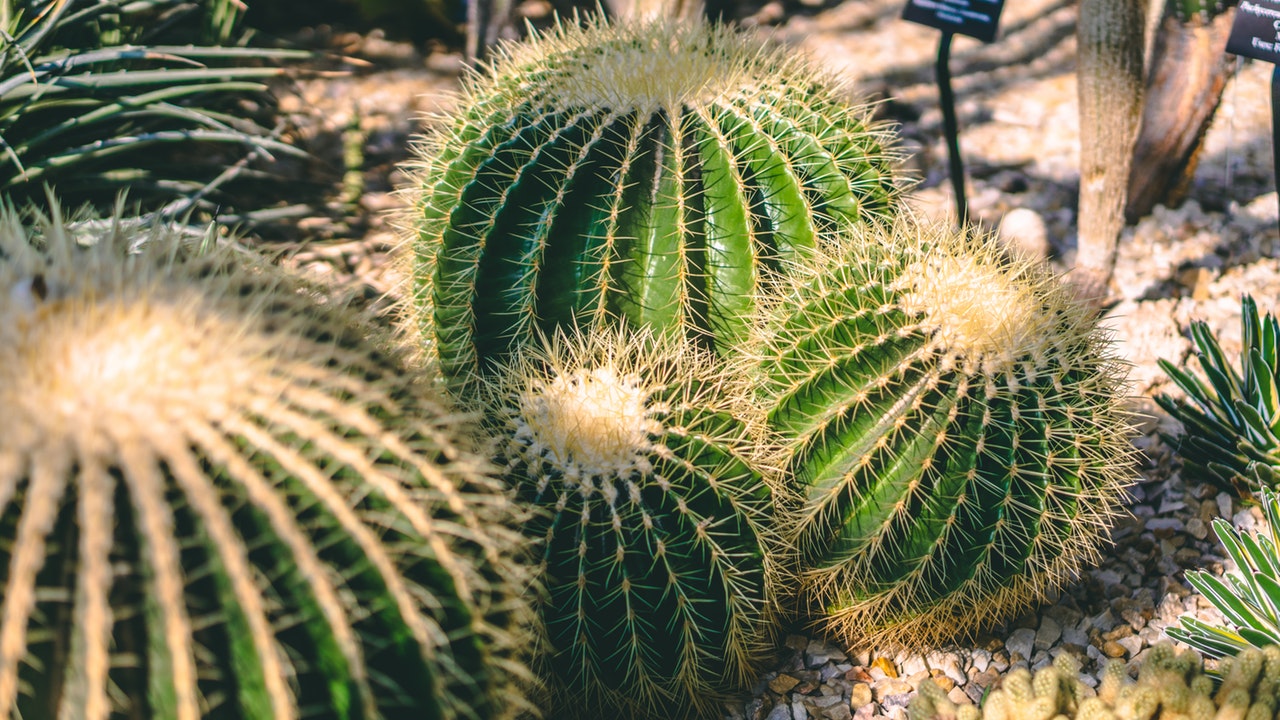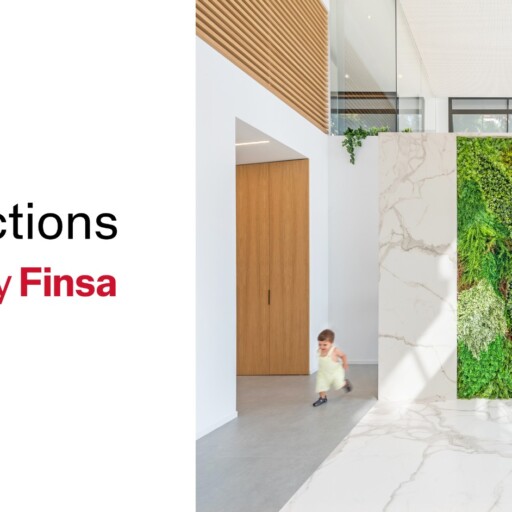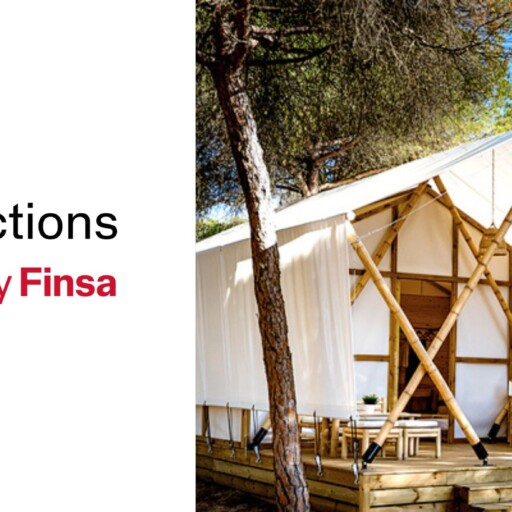With the arrival of the good weather, gardens and terraces are looking their best. The newest landscape gardening design trends are heading towards more sustainable gardens with fewer plants.
Just like interior design, landscaping and garden design are evolving with time and societal changes. Current trends show us a new generation of low-maintenance, minimalist gardens, which have emerged partly because of the lack of time we have to take care of them, and partly because of an increased environmental awareness. Artificial grass is taking over from natural grass and is being combined with wooden or stone decks. Exotic decorative objectives and a geometrical approach provide an original and personal touch.
Landscape gardening: trends in 2019 for the new generation of gardens
Francesc Cabaellero is the general director of Bruc Jardí, where he has spent more than 30 years consulting and selling garden products to professionals. He believes that we are facing social change partly because of a new generation of people that have high social and ethical standards, value their free time, and are more aware of environmental issues. “Before, Spain had Mediterranean style gardens, with a variety of shapes and colours and an abundance of seasonal plants. Now, newer generations are choosing sustainable, low-maintenance gardens with fewer plants, because of the effort looking after them requires, but the plants they choose are of a higher quality,” he explains.
Some of the elements being used in modern gardening, and that Caballero thinks will become long-lasting trends, include low-maintenance materials such as artificial grass, high-tech decks, and decorative aggregates like crushed stones or rocks.
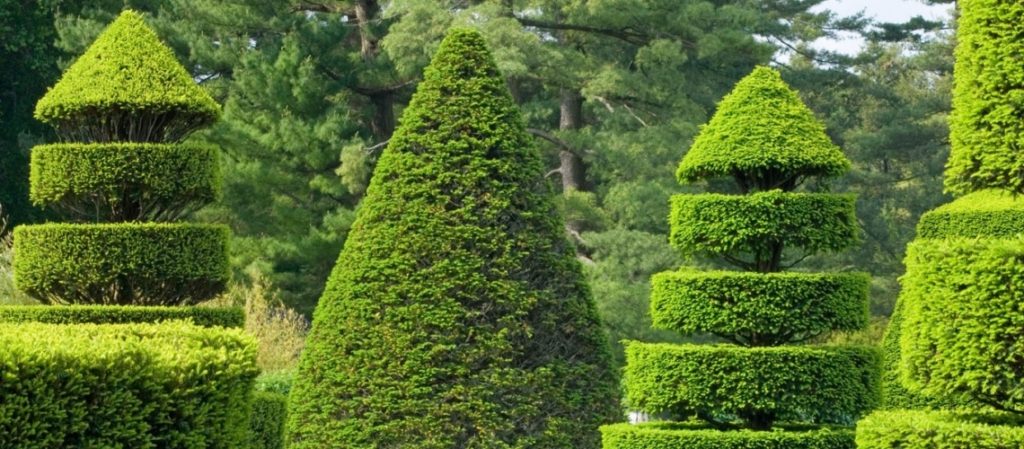
When it comes to design, “gardening and landscaping are drawing on curved and irregular lines that imitate the imperfection of nature, making geometric shapes,” says Francesc. This geometrical approach is also seen in the elements that make up the garden, like in square or rectangular stone paving, but also in the plants, which take on pyramidal or rounded shapes thanks to specialised pruning (e.g. olive trees pruned into levels, conical magnolia trees, bonsais etc.). Personal touches are provided by a moai, a stone buddha, or a marble sphere, which break up the geometric look.
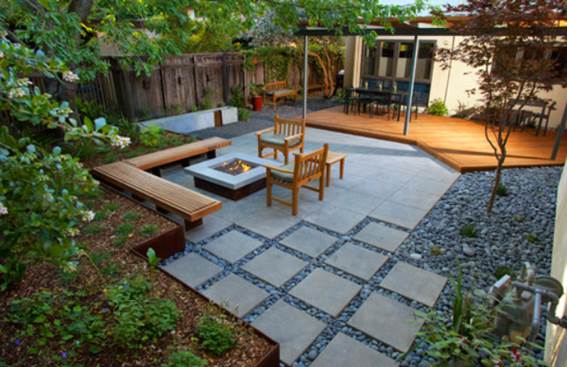
Artificial grass or natural grass?
Artificial grass has taken over from natural grass, and though it might seem paradoxical, it’s a sign of the growing concern for the environment. Guillermo Menéndez from Viveros Bonsai, a company which specialises in natural grass, told us how they had to adapt to this change in the market. In just ten years, synthetic alternatives have come to represent 50% of their sales, and practically 90% of people under 40 choose them.
The main reason for this increase is that, as they don’t need watering, they are more sustainable water-wise, and we are living in a world in which we are increasingly more conscious of our water footprint and the need to reduce it. They also mean a reduction in maintenance time, as they don’t need to be cut or fertilised, both of which are essential for maintaining a healthy, natural lawn. Finally, synthetic lawns can be used on balconies and rooftops, spaces which are becoming more common.
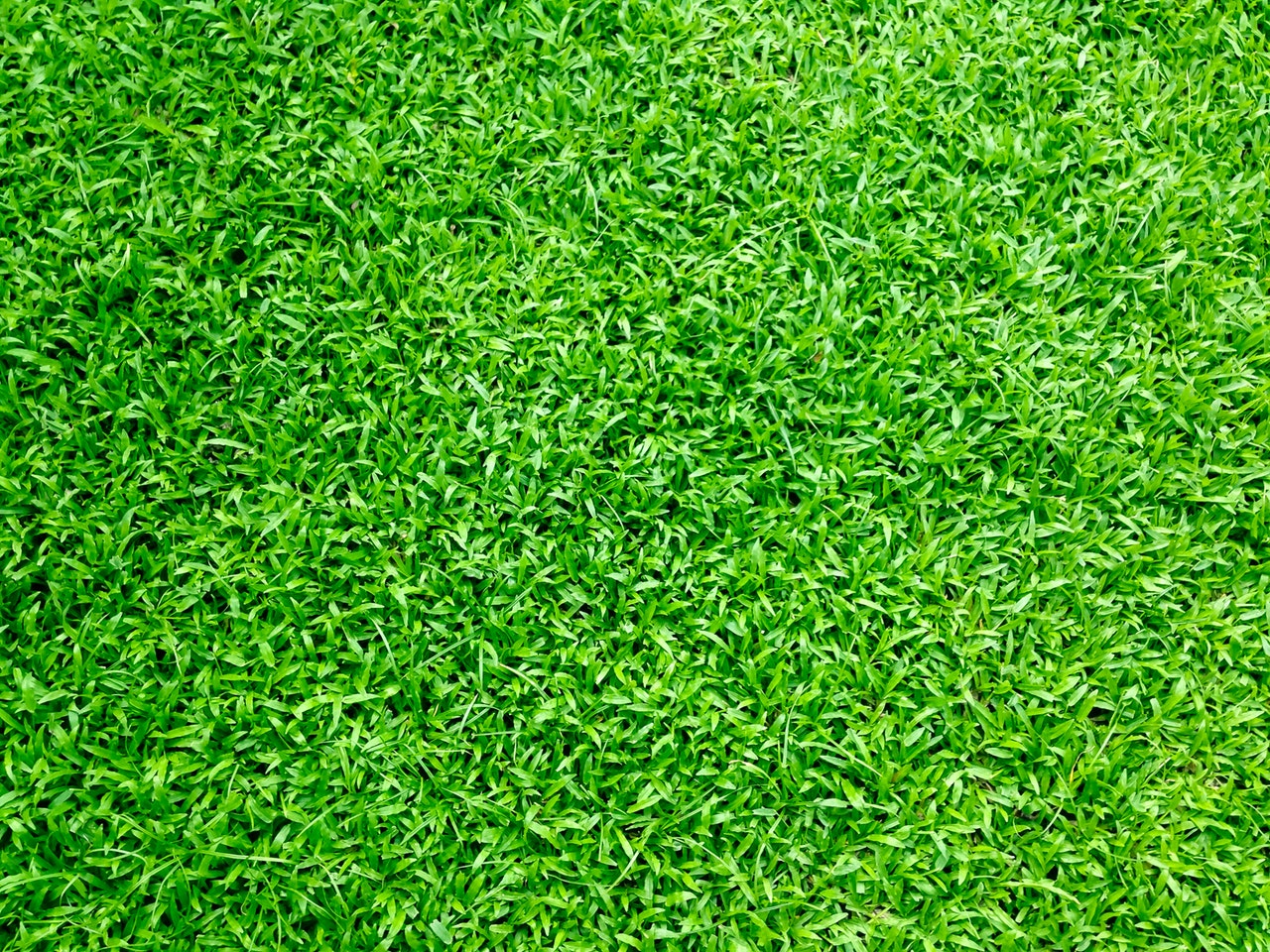
Landscaping and using wood outside: how to do it
Aggregates, lawns, and wood are the holy trinity, both for Francesc and Guillermo. When it comes to wood, it’s usually in the form of beams for stairs, retaining walls, garden beds or separators, decking, and structures like pergolas or arbors.
Francesc Caballero points out how the use of exotic wood from tropical places has decreased and how this is linked to greater environmental awareness, now that we are conscious of the problem of deforestation. However, the use of pine and fir wood continues, as seen in FINSA’s environmentally-friendly beams. This is because of the qualities of wood, a natural material that people like to be around and which transmits calm and encourages relaxation. Bruc Jardí are champions of the use of wood and of the theory that “wood will be the concrete of the 21st century” (De Rijke).
Thermo-treated wood in gardening and landscaping is still not used much at all, but for Francesc Caballero, this alternative has an interesting path ahead of it. As all wood used in exteriors must be submitted to some kind of treatment in order to guarantee its resistance to the elements, thermo-treating is the best choice for the environment as it does not use any chemical products.
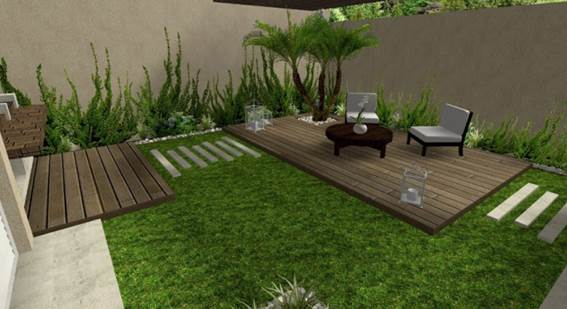
When should you set up your garden?
We all want our garden to be at its best in summer so that we can enjoy the good weather. But if you find yourself short on time and you’re still not ready, don’t worry because you’re not alone. “The ideal time to build a garden is between September and January, which is when plants adapt better. But we aren’t very good at looking ahead,” says Francesc Caballero. In fact, sales in the sector are highest between March and July.
Balconies and rooftops: the new gardens
We are becoming more and more urban, and this is evident in the increasing number of garden spaces on balconies. We all want to have a nice balcony where we can relax after coming home from work and, according to Bruc Jardí’s estimations, this market makes up 40% of sales to the public. In these environments, artificial grass and wood are the most used elements, and the areas are characterised by their use of all available space, which is what gave rise to vertical gardens.
Cities are also featuring green rooves, which are rooftop terraces with a covering of plants that help reduce carbon dioxide emissions in the atmosphere and that make the air more breathable for inhabitants of the city.
Another environmentally-friendly alternative: xeriscaping
Another trend on the rise is xeriscaping, which is linked to growing concerns about sustainability and the lack of water resources. Its goal is to create a garden that does not need extra watering. The key to this is using native plants which are adapted to the climate that the garden is in, as well as xerophytic plants that are drought-resistant, such as cacti, aloes, and agaves.
